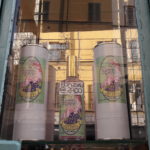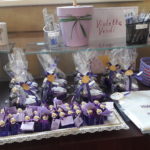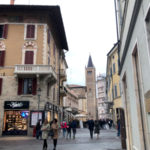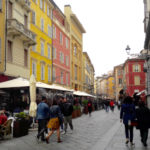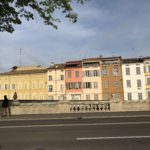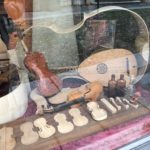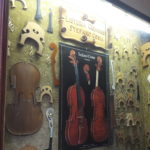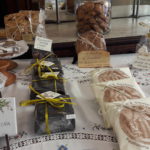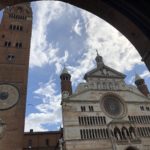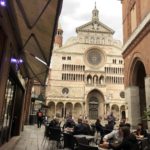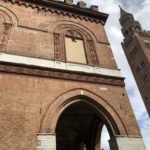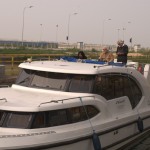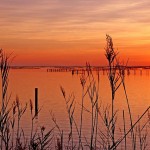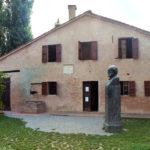Slow sailing on the river and some cycling. Perfect for family tourism!
Along the Po river, from the violets to the violins
A Fall trip between two art cities devoted to music: Parma and Cremona
Two of the most beautiful Italian art cities, Parma and Cremona, are only at 1 hour of car or train far. An ideal destination for a trip in autumn season!
First Parma, for those who are coming from Rome. You can visit the town preparing to become the Italian Capital of Culture 2020. Stendhal paid it tribute in the pages of “The Chartreuse of Parma” (original: La Chartreuse de Parme) and Marcel Proust, years before, in his “Swann’s Road” (Du côté de chez Swann): although he had never visited it, had imagined Parma “Sweet, smooth and mauve colour“. The idea of colour was associated with that of violets, the flower loved above all others by Maria Luigia – wife of Napoleon I, and reigning Duchess of Parma, Piacenza and Guastalla from 1814 to 1847 -. For her (and on her own request), alchemist friars studied and obtained a violet scented essence, that became a symbol of Parma since 1880, thanks to the entrepreneurial skills of Ludovico Borsari. A perfume famous in the world still today!
- Parma, Violets parfum
- Parma, Violets souvenir
- Parma, A corner of Parma
As famous as the splendid town monuments, including the Duomo, one of the greatest examples of Romanesque architecture in Italy. It houses remarkable works such as the Renaissance frescoes of the dome, made by Correggio, and the “Deposition from the cross”, bas-relief of 1178 by Benedetto Antelami. In the Monastery of San Paolo, the Room of the Abbess presents an umbrella-shaped vault, entirely frescoed by Correggio. In the Basilica of Santa Maria della Steccata, instead, there are important Renaissance frescoes, including those of Parmigianino. Outside the urban area, there are two notable monastic complexes: the Abbey of Valserena and the Carthusian monastery of San Girolamo, better known as Certosa di Parma, which served as a context for the events narrated by Stendhal. Among the palaces of the town, the monumental complex of the Palazzo della Pilotta stands out for its importance. It was built for the Farnese dukes starting from 1580. Today it hosts the Farnese Theater and various museums including the National Gallery.
- A street of Parma
- Parma, Houses on the river
- Giuseppe Verdi muppet
There is not only architecture in the centre of Parma, also the nature has a great importance. The town is divided in two by the Parma stream, a tributary of the Po river. Then the green of the parks, among which the ancient Ducal Park, restructured in the current neoclassical forms in the XVIII century by the architect Petitot, and the Cittadella, an imposing pentagonal fortress of the 16th century, transformed into a large public park after World War II. Among the greatest prides of Parma, besides good food, there is the Lyric music. It is no coincidence that the Teatro Regio, a national opera theater built by the duchess Maria Luigia, is considered one of the most important traditional theaters in Italy. Furthermore, in 1813, a small village in the province of Parma, Le Roncole of Busseto, was the birthplace of the great Giuseppe Verdi.
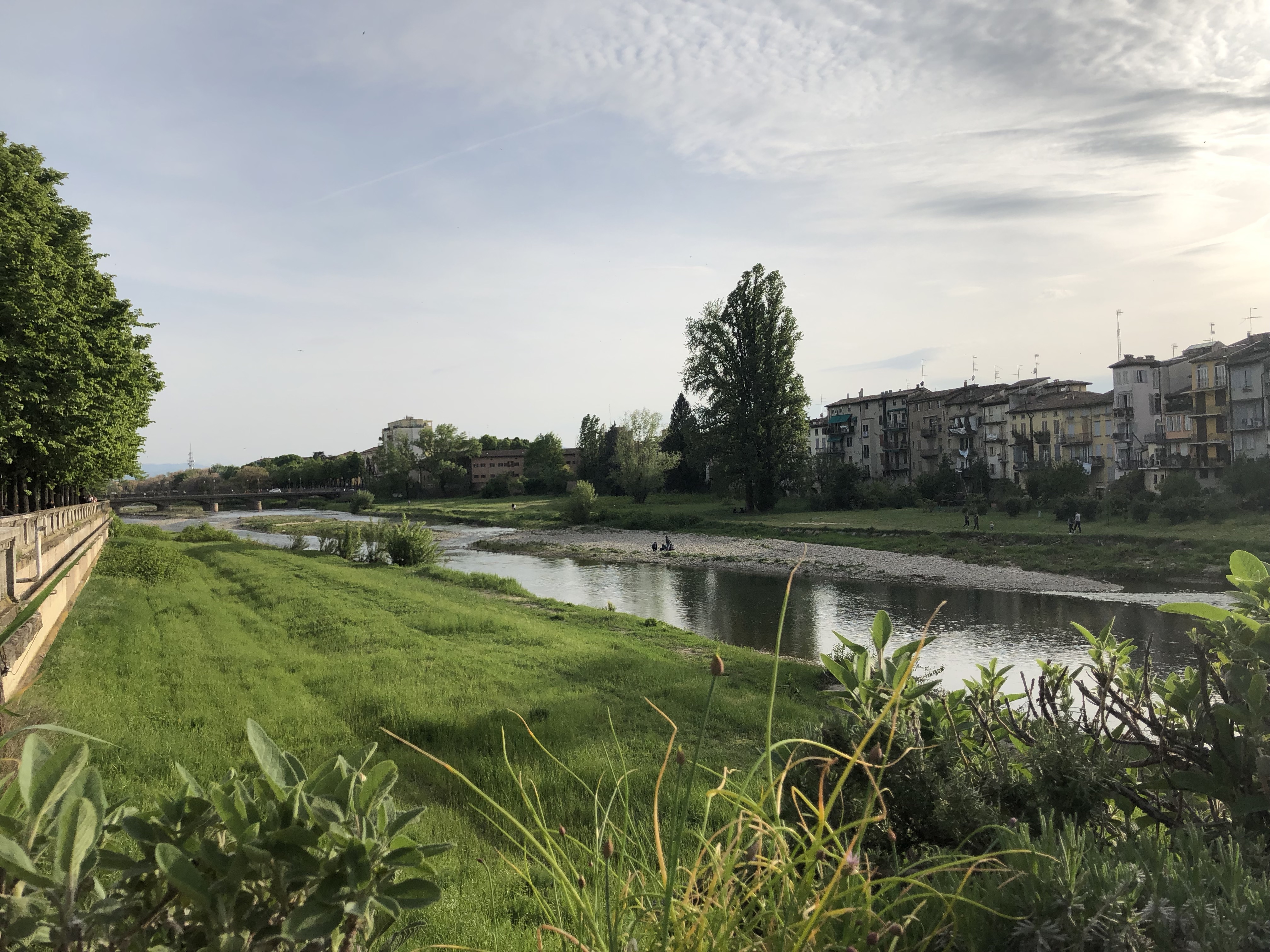
Parma, on the river, pic by Nicoletta Speltra
Traveling on the notes of a Verdi opera we move towards Cremona… Here too, it’s all about Music: this small, beautiful town is the cradle of the art of violin making, UNESCO Intangible Cultural Heritage. So, ideally we have travelled along the Po river, moving from the violets to the violin! In Cremona, of course, there are several violin craft shops and a school committed to preserve the ancient techniques and procedures that are the legacy of the great violin-makers of the 16th, 17th and 18th centuries such as Amati, Guarneri, Bergonzi and the best known Antonio Stradivari. The ideal setting for their music is the Medieval Piazza del Comune.
- Cremona, Showcase of a violins maker
- Cremona, Showcase of a violins maker
- Cremona’s sweeties
A spectacular place, so amazing that takes your breath away. Here are concentrated, in addition to the Palazzo del Comune, also the Duomo, the Torrazzo (the second highest historic bell tower in Italy), the Loggia dei Militi and the Baptistery. In the immediate surroundings you will find several historic patisseries to taste the typical sweets of Cremona, especially the mythical torrone. Then, the inevitable walk in the greenery of a beautiful natural park along the banks of the river Po.
- Cremona, Duomo and Torrazzo
- Cremona, Duomo
- Cremona, Torrazzo
Nicoletta Speltra

